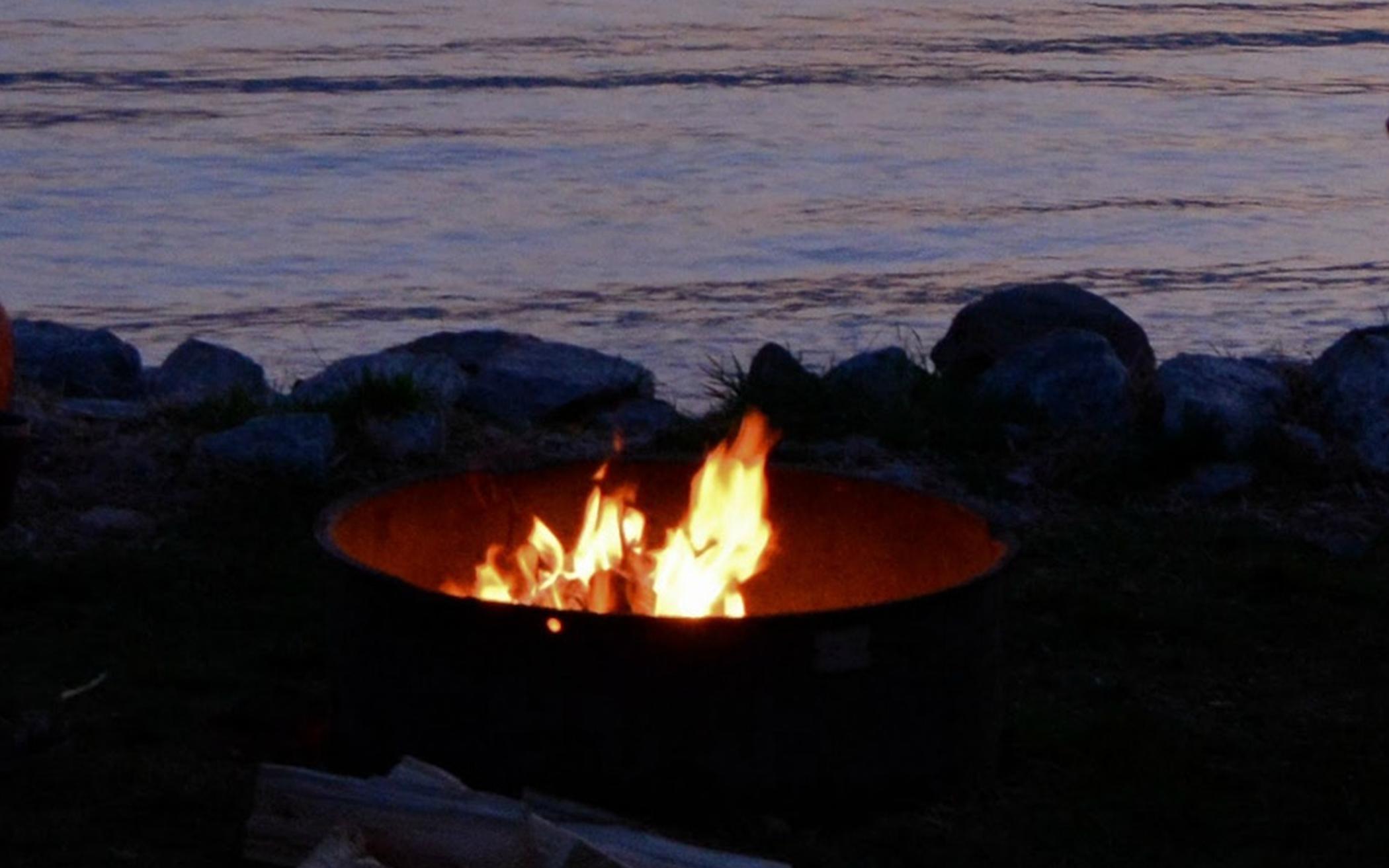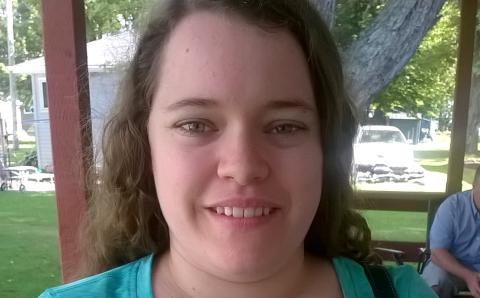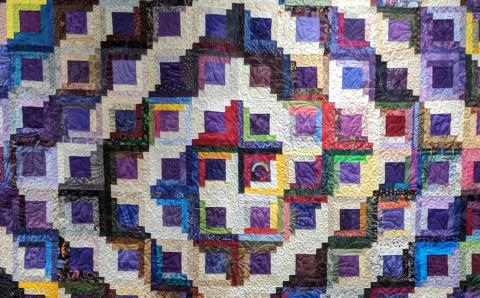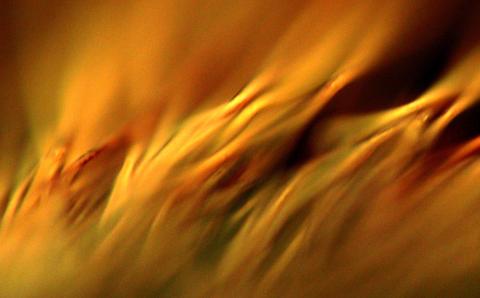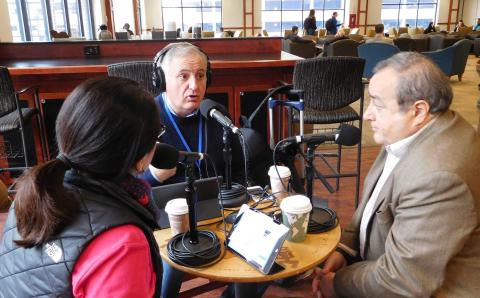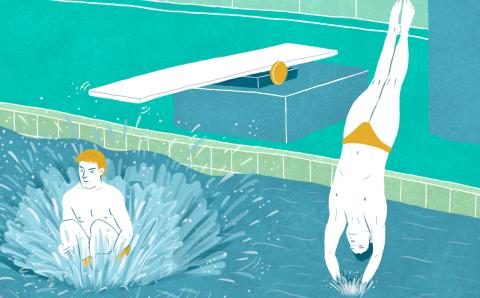It is dawn. A lone figure is bending over a charcoal fire on the shores of the Sea of Galilee. He looks up, scanning the horizon. When he catches sight of a boat heading for shore, he recognizes it as his disciples’ boat. He cups his hands around his mouth, calling out, “Caught any fish?” Discouraged voices bounce back over the water: “No.” He calls again, “Cast the net on the right-hand side.” They mutter to themselves, “That’s what we’ve been doing all night,” but they do cast it on the right. Before they know it, the net is so heavy with fish they have to wrestle with it to keep it from breaking. As they approach shore, John, a disciple-fisherman, says to Peter, another disciple-fisherman, “It is the Lord.”
“Bring me a few fish,” calls the voice. Peter jumps into the water, grabs the net, and brings it and the boat safely to shore. While he counts the fish, the other men clean some to bring to the man at the fire who is waiting to grill them a fresh-caught breakfast. When the fish are ready and the bread is toasted, he summons them to come and eat. Each disciple picks up bread and a fish. He prepares a breakfast sandwich for himself and sits down with them on the ground.
Now they know he is not a ghostly apparition—he eats human food. They are eating together again, just like the night they ate the Passover supper with him before he died. They all know that this man is the Jesus whom they loved and were still mourning. The mysterious presence of their risen Lord strikes them dumb. They can’t find words to express their throbbing joy
(John 21:1-14).
When I see the Lord in his resurrection body eating bread and fish, I know he is alive in the flesh. He is the man whose hands bled from hammered nails, whose head dripped blood from piercing thorns, whose side had a wound so deep a disciple shoved in a hand, whose rising shook the earth. I marvel that he cared so much for the human needs of his earthly friends that he himself made their breakfast—and ate it with them. This post-Easter appearance moves my spirit to a deeper perception of his resurrection: He is still the God-Man.
I recall that the poet Ezra Pound felt the same way:
I ha’ seen him eat o’ the honey-comb
Sin’ they nailed him to the tree. (“Ballad of the Goodly Fere”)
About the Author
Charlotte F. Otten is a retired professor of English at Calvin College. She attends Calvin CRC in Grand Rapids, Mich.

